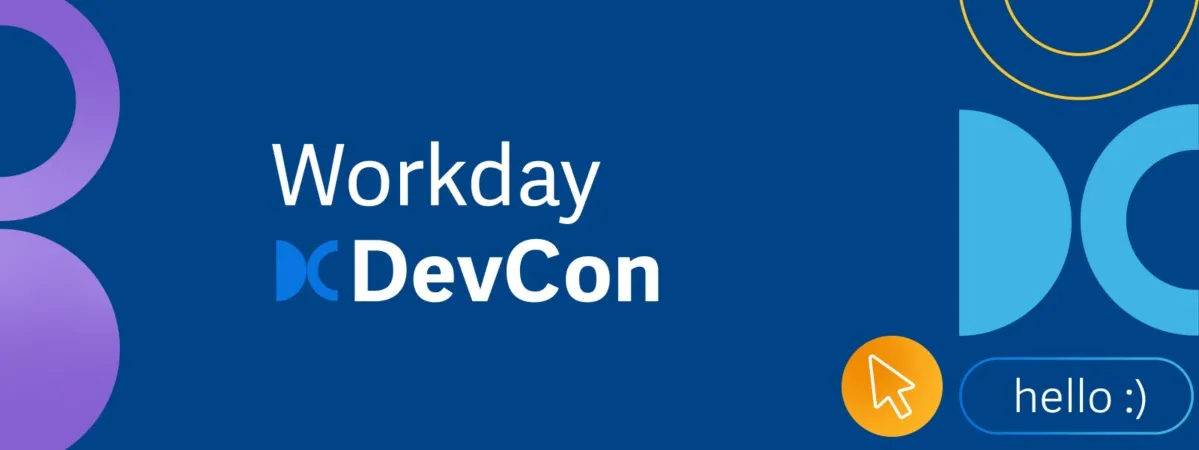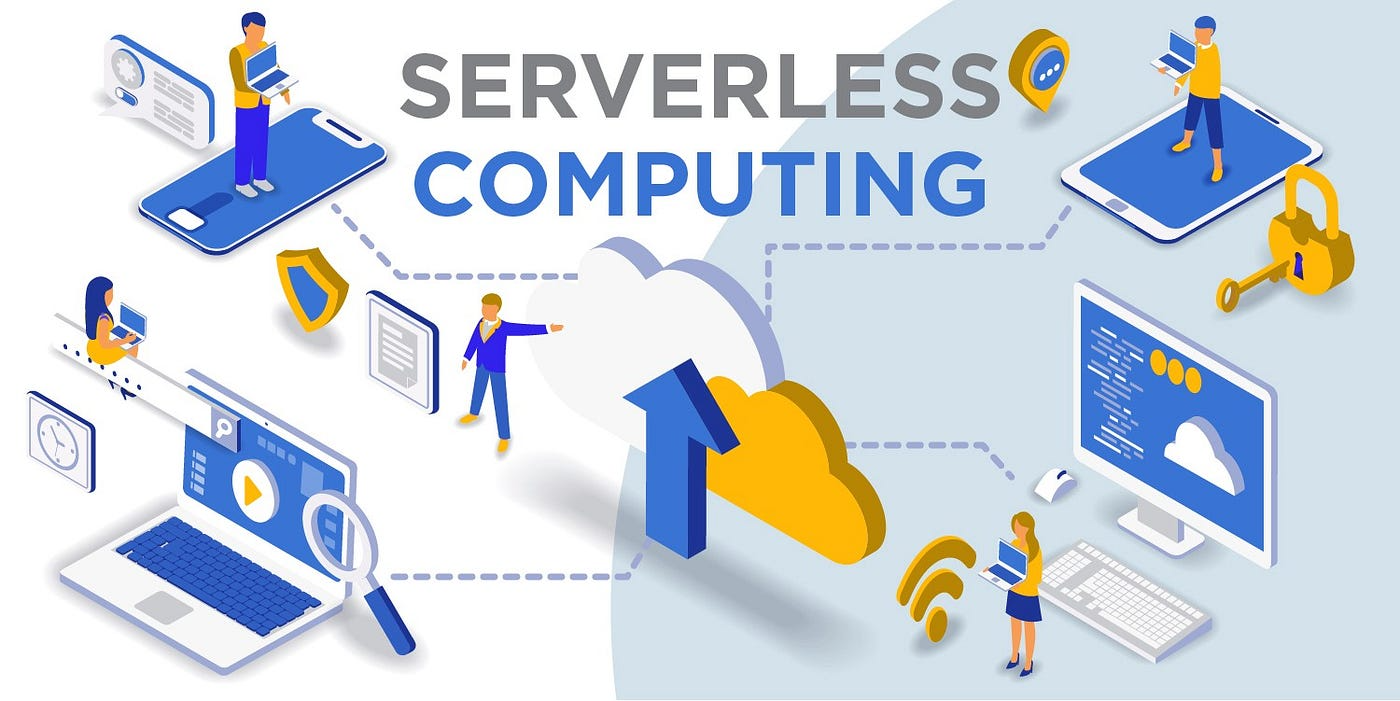At DevCon 2025, Workday dropped a new developer platform Workday Build that empowers enterprise developers and power users to build and manage AI agents directly inside the Workday ecosystem. The toolset includes a low-code agent builder, generative AI copilot, and unified tools for building business-specific workflows. It’s a signal that enterprise software is moving fast toward letting less-technical teams harness AI without writing tons of boilerplate. (Workday (DevCon 2025 Announce))
What Workday Build Brings to Devs
One of the headline features is the Flowise Agent Builder, a low-code tool inside Workday that lets users drag-and-drop logic, connect to data sources, and deploy custom agents (chatbots, workflow automations, etc.) with minimal hand-coding. Developers also get access to a “Developer Copilot” to help scaffold code, suggest enhancements, and debug. Under the hood, it’s built on Workday Illuminate™, integrating trusted people & financial data, and a new “Agent Gateway” that integrates APIs in a secure, managed way.
Why Low-Code + AI Matters for Enterprises
The push toward low-code/no-code environments has been growing, but Workday is doubling down on making AI agents first-class citizens inside those environments. For many companies, the bottleneck isn’t talent it’s time. Onboarding new developers, handling infrastructure, or waiting for custom development can slow response. With tools like Build, enterprise teams can roll out features faster approvals, automations, and custom agent workflows without having to spin up new dev resources.
Trade-offs & Risks
Low-code environments always come with trade-offs. What you gain in speed, you may lose in flexibility or performance. Complex logic might still need traditional code. Also, security is a risk: data access, permissions, and agent behavior need tight governance. If agents are built without oversight, they could expose sensitive data or mismanage workflows. Workday says security and compliance are core to the platform, but in practice, building trust takes time.
Who Wins & Who’s Challenged
This platform will most help:
- Business teams / operations who want to build automations without waiting on dev sprints.
- Enterprise developers looking to offload simpler agent tasks so they can focus on complex engineering.
- Companies with existing Workday installations and trusted data pipelines.
It may be less helpful for startups that don’t use Workday, or companies whose agent needs are deeply custom. For them, flexibility and control still often lie with full-stack tools or hand-crafted codebases. Also, for very large scale, custom agents may bump against performance limits or cost concerns with low-code abstractions.
How This Fits Into Broader Dev Trends
What Workday is doing echoes several recent moves: Microsoft, GitHub, and Google are also layering AI into IDEs and code review tools. Meanwhile, the UK government’s trial of AI coding assistants showed real developer time savings (≈ an hour/day) but reaffirmed that manual review remains essential.
Also, “vibe coding” where developers use natural-language prompts to generate code is getting popular, but with caveats: code quality, maintainability, and security remain concerns. The new Workday Build tool may reduce these risks by offering governance and integration with enterprise data.
What to Watch For Next
Some indicators to judge how successful this will be:
- How many enterprises adopt Workday Build within the first year, especially those outside tech sectors (finance, HR, manufacturing).
- Performance: how efficient agents are, how often they require custom overrides.
- Security incidents or data leaks tied to agent misuse or misconfiguration.
- Cost vs value: do companies save dev hours / wages or do low-code abstractions add hidden overhead?
My Take
Workday’s move with Build feels like one of the clearest signs yet that enterprise dev is shifting from “code first” to “agent-first.” It doesn’t make traditional code obsolete, but it changes where the friction is. If enterprises embrace this properly with governance, training, and thoughtful design this could dramatically speed internal tools, workflow automation, and problem solving. But misuse or overreliance without oversight could lead to brittle systems and higher long-term cost. The firms that balance speed with quality protection will be the ones who benefit most in the next wave of enterprise development.






